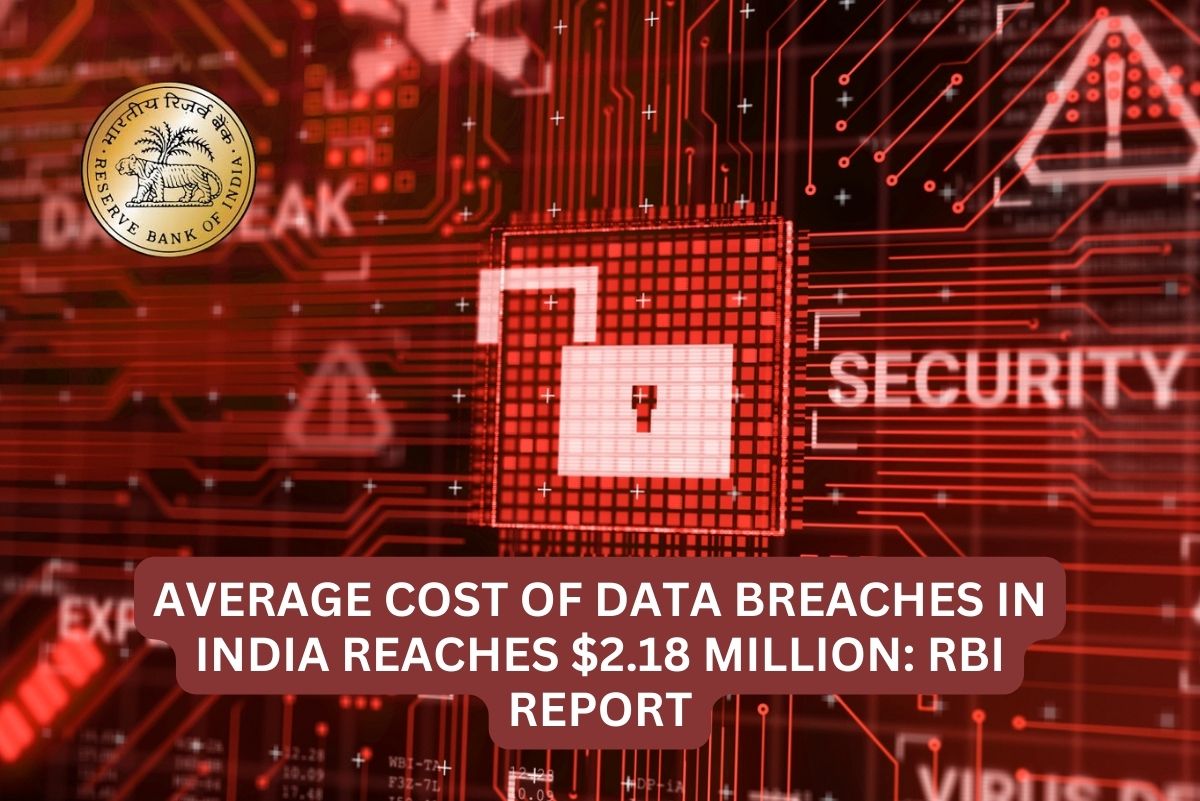
The Reserve Bank of India's (RBI) Currency and Finance report for 2023-24 reveals that the average cost of data breaches in India surged to $2.18 million in 2023, reflecting a 28% increase since 2020. Despite this rise, India’s average breach cost remains below the global average.
Phishing attacks, accounting for 22% of breaches, and stolen or compromised credentials, at 16%, are the most prevalent types of cyber incidents in India. The automotive sector is particularly vulnerable to cyber threats, with smart mobility APIs and electric vehicle (EV) charging infrastructure being major targets. In contrast, the banking and financial services industry, benefiting from stringent regulations, enjoys relatively stronger protection.
The RBI report highlights that while domestic digital payments in India have experienced substantial growth—50% annually in volume and 10% in value since the 2017-2018 financial year—the average cost of data breaches is rising. Globally, the cost of a data breach has reached $4.45 million in 2023, marking a 15% increase over the past three years. This trend is contributing to a projected global cybercrime cost of $13.82 trillion by 2028, up from $8.15 trillion in 2023.
In response to the growing threat landscape, many central banks have increased their cybersecurity investment budgets by 5% since 2020. The report emphasizes that while India leads the digital revolution and is a global frontrunner in real-time payments, challenges such as cybersecurity, data privacy, and vendor risks persist.
India's digital economy, now constituting about 10% of the country's GDP, is expected to double to 20% by 2026. Additionally, India commands 48.5% of the global real-time payments market. The report also notes that global remittances, increasingly executed through mobile and digital platforms, reached $857.3 billion in 2023, with India contributing $115.3 billion.